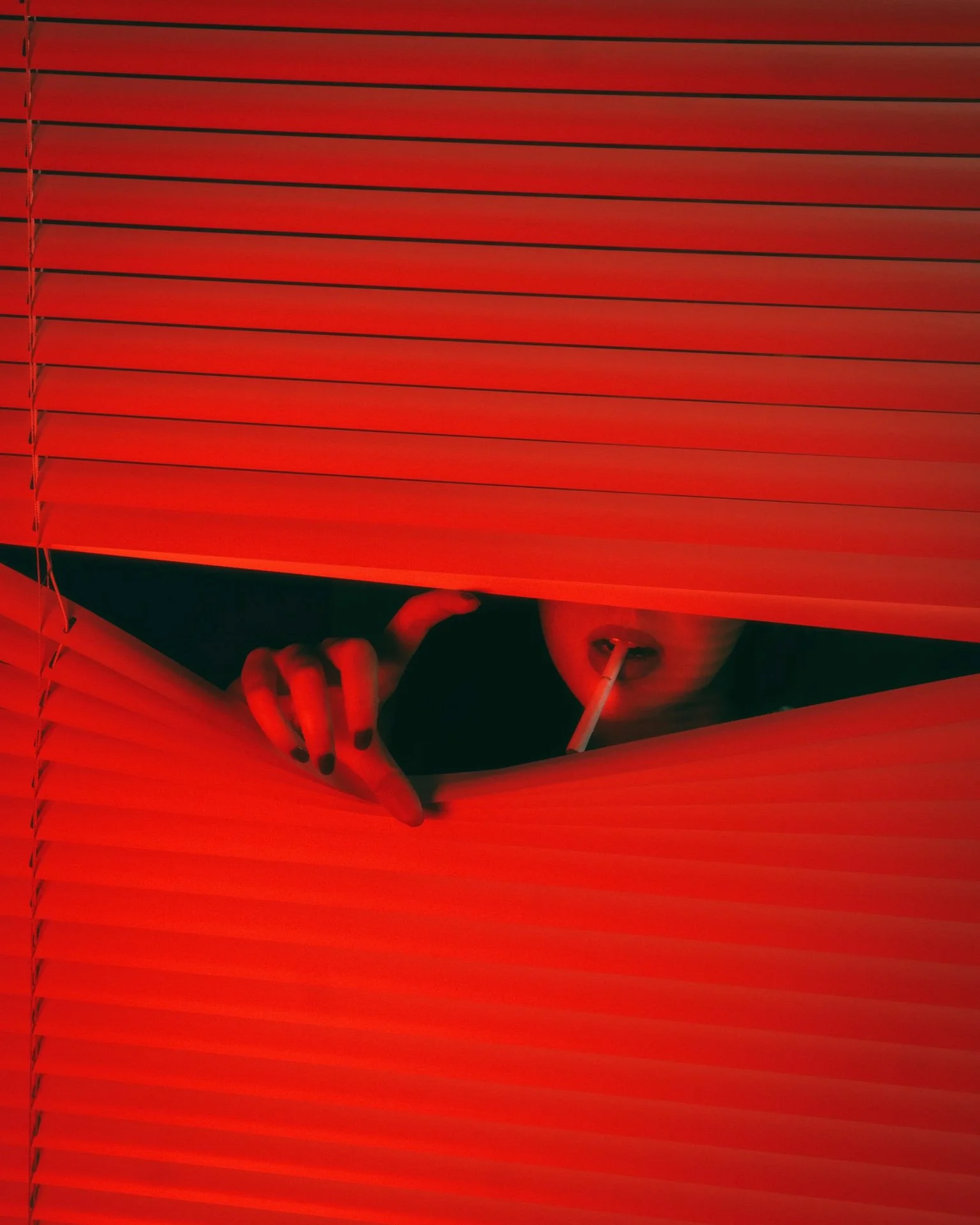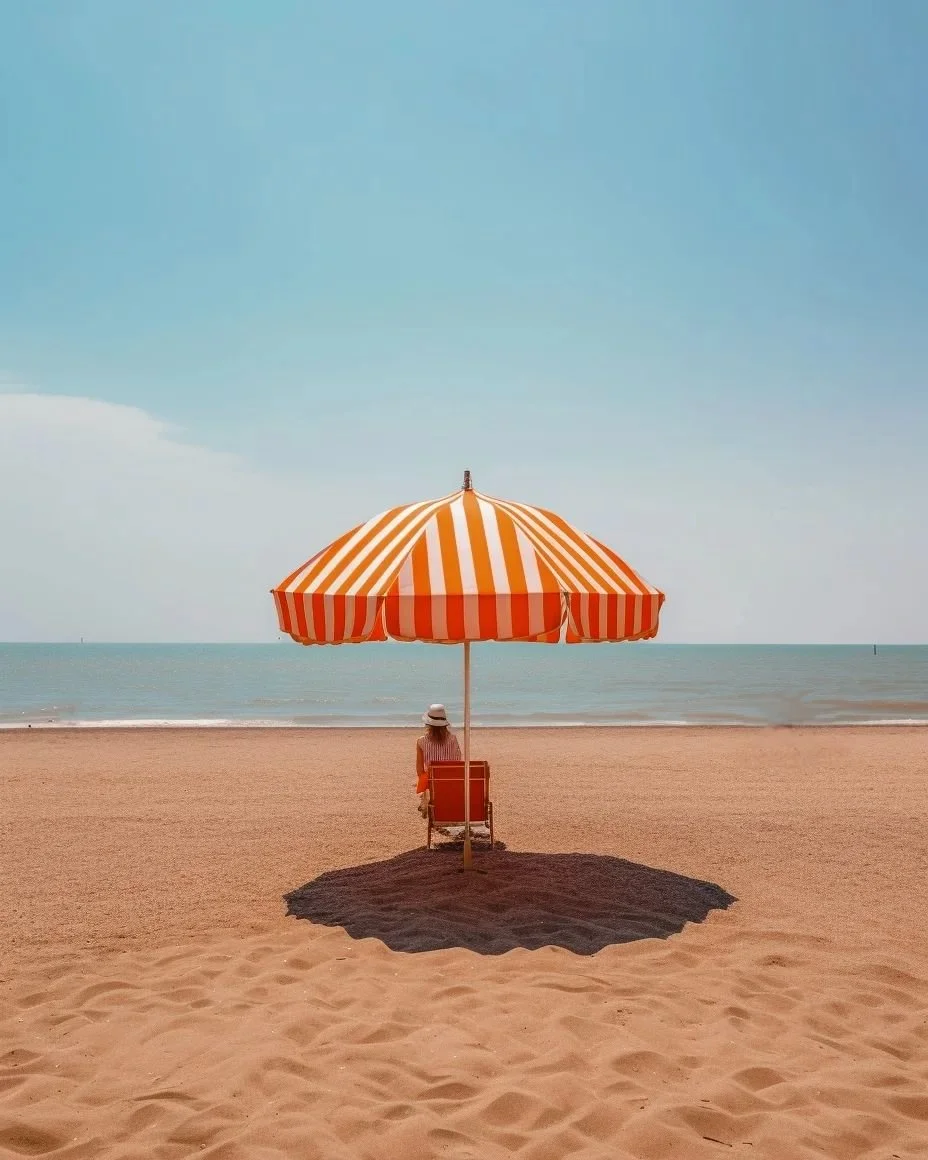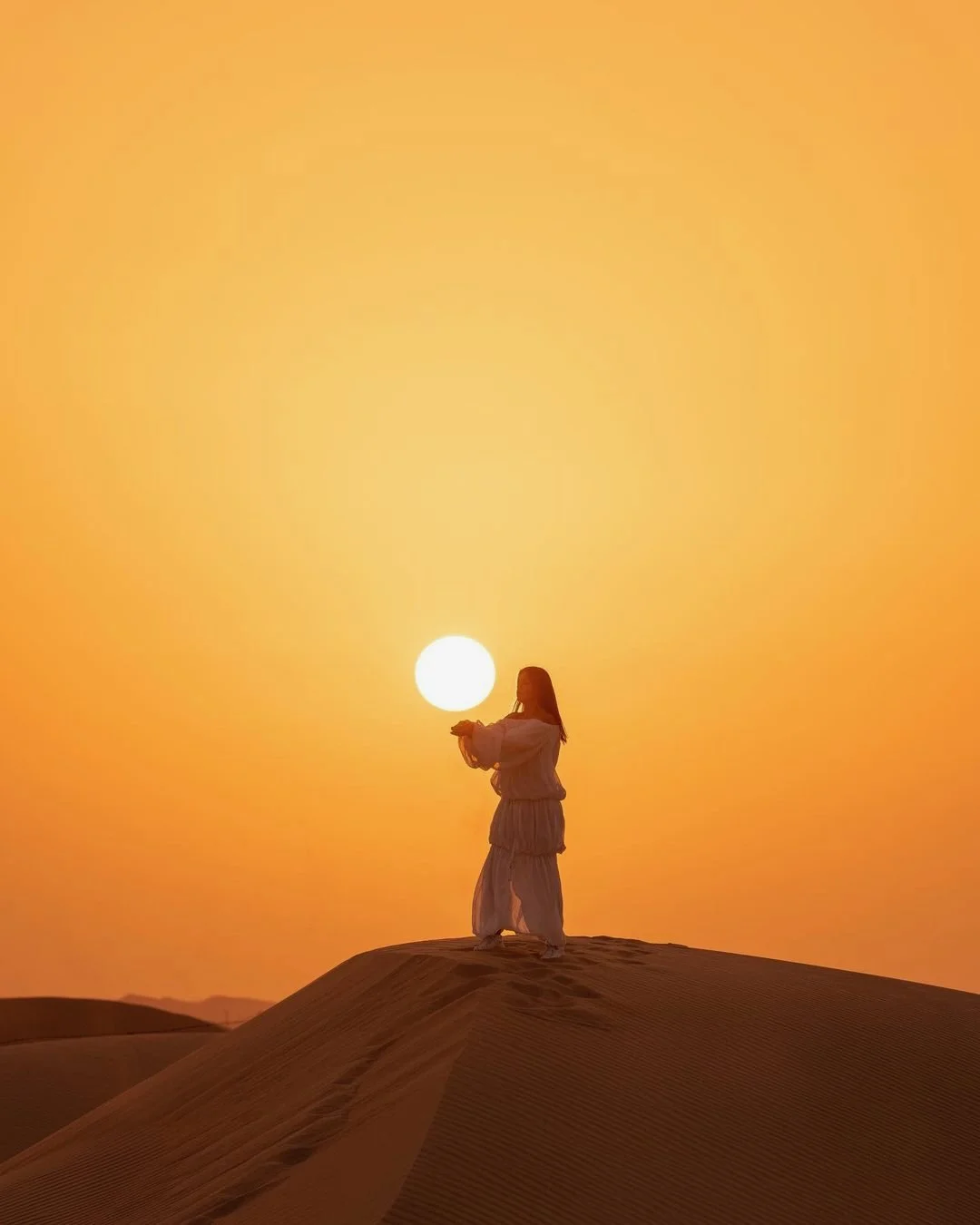Echoes of the Baroque: In Conversation with Raquel San Nicolás
2025
Art direction
Everything has a past. These images follow ordinary objects and the traces they leave. Small scenes, simple moments, and the weight they hold. His ability to intertwine cultural and historical references in his projects has made him a pioneer in conceiving design as a form of storytelling. In 1983, his talent took him to Milan, where he spent seven years working with leading figures of Italian design, including members of the renowned Memphis Group, the collective founded by Ettore Sottsass that revolutionised design and architecture in the 1980s. His return to Denmark in 1990 marked the beginning of his independent career, as he founded Hans Thyge & Co, shaping his vision of design focused on the exploration of furniture, objects, and interiors.
Today, Hans Thyge & Co is a benchmark for design excellence – a place where experience and innovation harmoniously merge, guided by a profound mastery of materials and production techniques. Raunkjær’s work remains a continuous dialogue between aesthetics, functionality, and the ability to evoke stories through every single creation.
HT: In our studio, we work a lot with sketches, models, and paintings. We use them as tools to capture the spirit of an idea. Just like in cartoons, we experiment with abstract and exaggerated drawings because caricature often holds the essence of a concept. When you create the right sketch, you recognise it immediately, and you must preserve it like a recipe to follow in the creative process. It’s like a “magic cube” that holds the flavour and essence of the idea… or, to put it more poetically, it contains the dream. The Canadian painter Barry Lereng Wilmont once said – if I remember correctly – that a work of art is born in the dream, grows in ecstasy, and ends in the aura of defeat, because no work can ever reveal the dream in its entirety, only a glimmer of it. In our work, we must strive to define the dream, the feeling, and the thought that an object carries, keeping them alive until the final realisation.
RZ: Your studio also had a headquarters in Shanghai until 2019 and in Asia. How does this dual perspective affect your design approach?
HT: I have always travelled a lot, and in a globalised world, it is essential to be open to the cultural stimuli around us. Someone once said: to design is to know how to see. The designer lives in sensitivity. For us, it has always been natural to find inspiration anywhere, often in the places where we least expect it. The beauty of other cultures lies in the fact that they see aspects of life through different eyes, and this also makes you reflect on your own culture.
Credits:
Creative Direction — Malik Adegbola
Photography — Jane Doe
Styling — John Smith
Client — Sample Brand
Location — Toronto, Canada
Year — 2025




